InterviewSolution
Saved Bookmarks
This section includes InterviewSolutions, each offering curated multiple-choice questions to sharpen your knowledge and support exam preparation. Choose a topic below to get started.
| 17701. |
Question : Give examples of :Gonadotrophic hormone |
|
Answer» SOLUTION :Gonadotropic hormnoe LUTEINIZING hormone (LH) and Follicle STIMULATING hormone (FSH) |
|
| 17702. |
Question : Give examples of angiosperms in which roots are not developed. |
| Answer» SOLUTION :UTRICULARIA, Wolffia arhiza. Epipogium. | |
| 17703. |
Question : Give examples of :Blood pressure lowering hormone |
| Answer» SOLUTION :ATRIAL Natriuretinc FACTOR (ANF) | |
| 17704. |
Question : Give examples of angiosperms in which plant is devoid of green leaves. |
| Answer» SOLUTION :CAPPARIS aphylla. | |
| 17705. |
Question : Give examples of :Androgens and estrogens |
| Answer» SOLUTION :ANDROGENS - TESTOSTERONE, ESTRADIOL. | |
| 17706. |
Question : Give example(s) of : (a) Hyperglycemic hormone and hypoglycemic hormone (b) Hypercalcemic hormone (c ) Gonadotrophic hormones (d) Progestational hormone (e ) Blood pressure lowering hormone (f) Androens and estrogens |
|
Answer» Solution :(a) Hyperglycemic HORMONE and hypoglycemic hormone Hyperglycemic hormone is glucgon, while hypoglycemic hormone is insulin. (b) Hypercalcemic hormone Parathyroid hormone (PTH) is hypercalcemic hormomon. (c ) Gonadotrophic hormones Luteinizing hormone and follicle stimulating hormones are examples of gonadotrophic hormone. (d) Progestational hormone Progesterone is a progestational hormone (E ) Blood PRESSURE LOWERING hormone Nor-adrenalin is a blood pressure lowering hormone. (f) Androgens and estrogens Testosterone is an example of ANDROGEN, while an example of estrogen is estradiol. |
|
| 17707. |
Question : Give example(s) Hypercalcemic hormone |
| Answer» SOLUTION :PARATHORMONE | |
| 17709. |
Question : Give examples for following fruit types: (a) Berry (b) Hesperidium |
| Answer» SOLUTION :(a) BERRY: Tomato, (b) HESPERIDIUM: ORANGE | |
| 17710. |
Question : Give example (s) of : (a) Hyperglycemic hormone and hypoglycemic hormone (b) Hypercalcemic hormone (c ) Gonadotrophic hormones (d) Progestational hormone (e ) Blood pressure lowering hormone (f) Androgens and estrogens |
|
Answer» SOLUTION :(a) Glucagon and insulin (b) PARATHORMONE (PTH) (c ) FSH and LH/ICSH (d) Progesterone (E ) Atrial natriuretic factor (ANF) (f) TESTOSTERONE and `beta`-estradial |
|
| 17711. |
Question : Give example(s) Androgens and estrogens |
| Answer» SOLUTION :TESTOSTERONE and estirol | |
| 17712. |
Question : Give example(s) Blood pressure lowering hormone |
| Answer» SOLUTION :ATRIAL Natriuretic FACTOR(ANF) | |
| 17713. |
Question : Give example for the following types of joints from human body Pivot joint |
| Answer» SOLUTION :PIVOT joint-The rotation of the skull and ATLAS on the odontoid process of the a0XIs (between atlas and a0XIs) | |
| 17714. |
Question : Giveexampleof animalspossessingfollowingtuypesof placenta : (i)Heamoendothelial placentra (ii) Heamochorial placenta (iii)Eqitheliochorial placenta (iv)Syndesmochorial placenta (v)Endotheliochorial placenta. |
| Answer» SOLUTION :(i)Rabbit (ii)HUMANS(III)HORSE (iv)Cow (v) Dog | |
| 17715. |
Question : Give example for the following types of joints from human body Saddle joint |
| Answer» Solution :Saddle JOINT - Between carpals and METACARPALS of thumb | |
| 17716. |
Question : Give example of deuteromycetes. |
|
Answer» AGARICUS |
|
| 17717. |
Question : Give example for the following types of joints from human body Hinge joint |
|
Answer» SOLUTION :HINGE joint - Elbow joint knee joint JOINTS between PHALANGES |
|
| 17718. |
Question : Give example for the following types of joints from human body Gliding joint |
| Answer» Solution :GLIDING JOINT - Between the carpals (joints of WRIST, joints of ANKLE) | |
| 17719. |
Question : Give each one example of plants with monoadelphous, diadelphous, and polyadelphous stamens found respectively. |
|
Answer» Solution :1. Monadelphous : FILAMENTS of stamens CONNATE into a SINGLE bundle. Example : malvaceae ( chinarose, cotton ). 2. Diadelphous : Filaments of stamens connate into two bundles. Example : FABACEAE , pea. 3. Polyadelphous : Filaments connate into MANY bundles. Example : Citrus, Bombox |
|
| 17720. |
Question : Give differences : Yellow spot and Blind spot |
Answer» SOLUTION :
|
|
| 17721. |
Question : Give differences : Short day plants and Long day plants : |
Answer» SOLUTION :
|
|
| 17722. |
Question : Give differences : Taxonomy and Systematics |
Answer» SOLUTION :
|
|
| 17723. |
Question : Give differences : Senescence and Ageing : |
Answer» SOLUTION :
|
|
| 17724. |
Question : Give differences : Resting potential and Action potential |
Answer» SOLUTION :
|
|
| 17725. |
Question : Give differences : Rod cells and Cone cells |
Answer» SOLUTION :
|
|
| 17726. |
Question : Give differences : Phototropism and Photoperiodism: |
Answer» SOLUTION :
|
|
| 17727. |
Question : Give differences : Photoperiodism and Vernalization : |
Answer» SOLUTION :
|
|
| 17728. |
Question : Give differences : Phycomycetes and Ascomycetes |
Answer» SOLUTION :
|
|
| 17729. |
Question : Give differences : Invertebrate neural system and Vertebrate neural system |
Answer» SOLUTION :
|
|
| 17730. |
Question : Give differences : Medullated nerve fibers and Non - medullated nerve fibers |
Answer» SOLUTION :
|
|
| 17731. |
Question : Give differences : Monera and Protista |
Answer» SOLUTION :
|
|
| 17732. |
Question : Draw a neat labeled diagram of T.s of spinal cord. |
Answer» SOLUTION :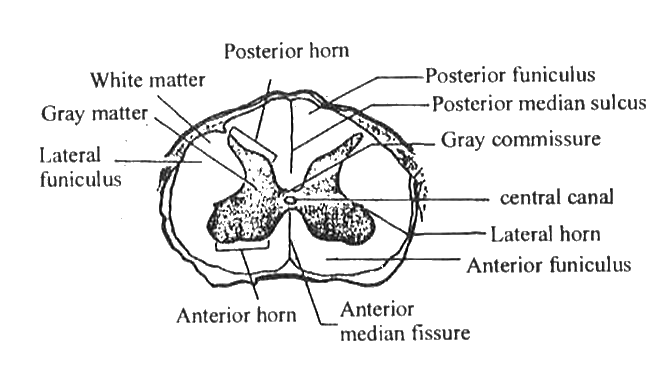
|
|
| 17733. |
Question : Draw a neat diagram of digestive system of frog. |
Answer» SOLUTION :
|
|
| 17734. |
Question : Draw a neat and labelled diagram of human brain. Mention its various parts and functions. |
|
Answer» SOLUTION :The brain is the central information processing organ of our body and acts as the .command and control system.. Functions of brain : It controls the voluntary movements, balance of the body, functioning of VITAL involuntary organs (e.g., lungs, heart, kidneys), thermoregulation, hunger and thirst, circadian (24-hour) RHYTHMS of our body, activities of several endocrine glands and. human behaviour. It is also the site for processing of vision, hearing, SPEECH, memory, intelligence, emotions and thoughts. The human brain is well protected by the SKULL. Inside the skull, the brain is covered by cranial meninges. It is formed of 3 layers : (1) Dura mater - outer layer (2) Arachnoid - middle thin layer (3) Pia mater - inner layer (which is in contact with brain tissue) The brain can be divided into three major parts: (a) Forebrain (b) Midbrain (c) Hindbrain 
|
|
| 17735. |
Question : Draw a neat and labelled diagram of a chloroplast. |
Answer» SOLUTION :
|
|
| 17736. |
Question : Draw a model to show Munch mass flow hyphothesis. |
Answer» SOLUTION :
|
|
| 17737. |
Question : Draw a microbial fuel cell and label the parts. |
Answer» SOLUTION :
|
|
| 17739. |
Question : Draw a labelled diagram showing interal structureof heart . |
Answer» Solution : The entire heart is made of cardiac muscles. The walls of ventricles are much thinker tan that of the atria. A specialised cardiac musculature called the nodal tissue is also distributed in the heart. A patch of this tissue is present in the right upper cornor if the right ATRIUM called he sino-artical node (SAN). Another MASS of this tissue is seen in lower left coron of the right atrium close to the atrio ventricular septum called the atrio ventricular node (AVN). A bundle of nodal fibres atrio through the atrio ventricular septa to emerge on the top of the inter ventricular septum and immediately divides into a right and left bundle. These branches give rise to minute fibres throughout the ventricular musculature of the respective sides and are called PURKINJE fibres. These fibres ALONG with right and left bundle are KNOWN as bundle of HIS. The nodal musculature has the ability to generate action potentials without any external stimuli. ie. it is autoexcitable. However the number of action potentials that could br generated in a minute vary at different parts of nodal system. The SAN can generate the maximum number of action potentials. ie. - 70 -75 `min^(-1)` and is responsible for intitiating and maintaining the rhythmic contractile activity of the heart. Therefore it is called the pacemaker. Our heart normally beats 70-75 times in a minute (average 72 beats `min^(-1)`. |
|
| 17740. |
Question : Draw a labelled diagram of T. S. of Intestine. |
|
Answer» Solution :The WALL of alimentary canal from oesophagus to rectum possesses four layers : (a) Scrosa : Serosa is the outermost layer and is made up of a thin mesothelium. (b) Muscularis : It is formed by smooth muscles usually arranged into an inner circular and outer longitudinal layer. (c) Sub-mucosa : The sub-mucosal layer is formed of loose connective tissues containing nerves, blood and lymph vessels. In doudenum, gland are also present in sub-mucosa. (d) Mucosa : Inner most layer lining the lumen of the alimentary canal is mucosa. This layer forms irregular folds and small finger-like projections called villi in the stomach.  In the intestine, small finger like folding called villi are located. The cells lining the villi PRODUCE numerous microscopic projections called microvilli. It appears like brush border. These modifications increase the surface AREA enormously. Villi are supplied with a network of capillaries and a LARGE lymph vessel called the lacteal are located. Mucosal epithelium has goblet cells which secrete mucus. That HELP in lubrication. Mucosa also forms glands in the stomach and crypts in between the bases of villi in the intestine. (Crypts of Lieberkuhn) All the four layers show modification in different parts of this alimentary canal. 
|
|
| 17741. |
Question : Draw a labelled diagram of human digestive system. |
|
Answer» Solution :The organs taking part in ingestion of food, digestion, absorption and egestion are called digestive organs. For e.g, MOUTH, tongue, teeth, pharynx, alimentary canal, stomach, small INTESTINE, LARGE intestine, RECTUM, anus. Digestive organs include some subsidiary glands LIKE saliva, liver and pancreas. The system formed by co-ordination of all these organs is called digestive system. 
|
|
| 17742. |
Question : Draw a labeled diagram of T.S. of Dicot leaf. |
Answer» SOLUTION :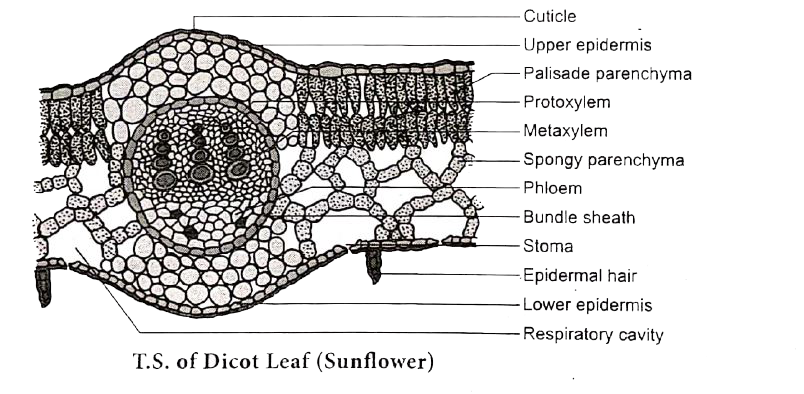
|
|
| 17743. |
Question : Draw a graph of sigmoid curve. |
Answer» SOLUTION :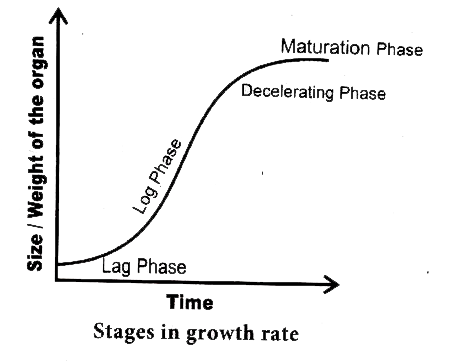
|
|
| 17744. |
Question : Draw a Ganong's potometer and label the parts. |
Answer» SOLUTION :
|
|
| 17745. |
Question : Draw the levels of organization and integration in living organisms. |
Answer» SOLUTION :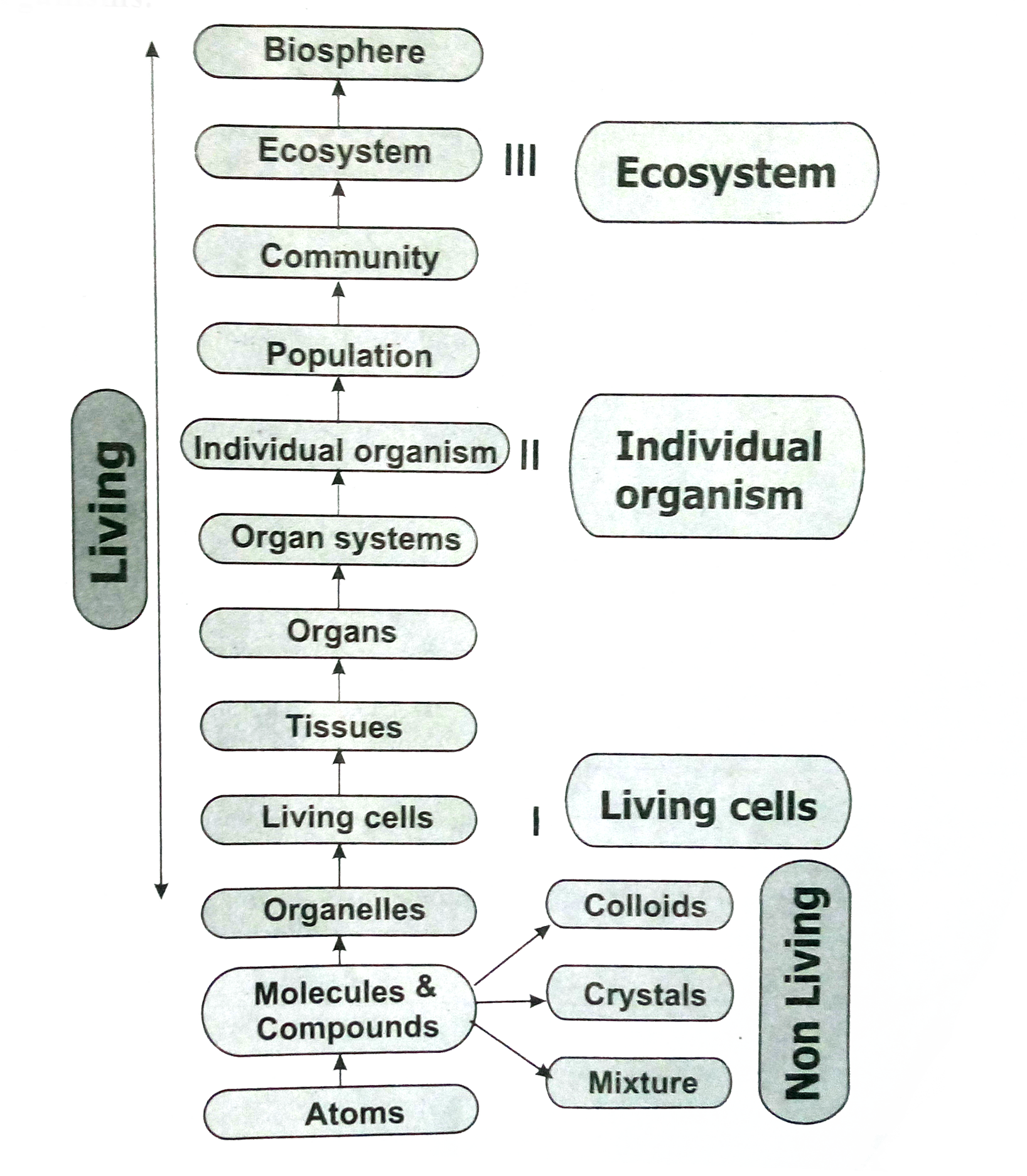
|
|
| 17746. |
Question : Draw a Flow Chart illustrating various types of cellto cell transport . |
|
Answer» SOLUTION : 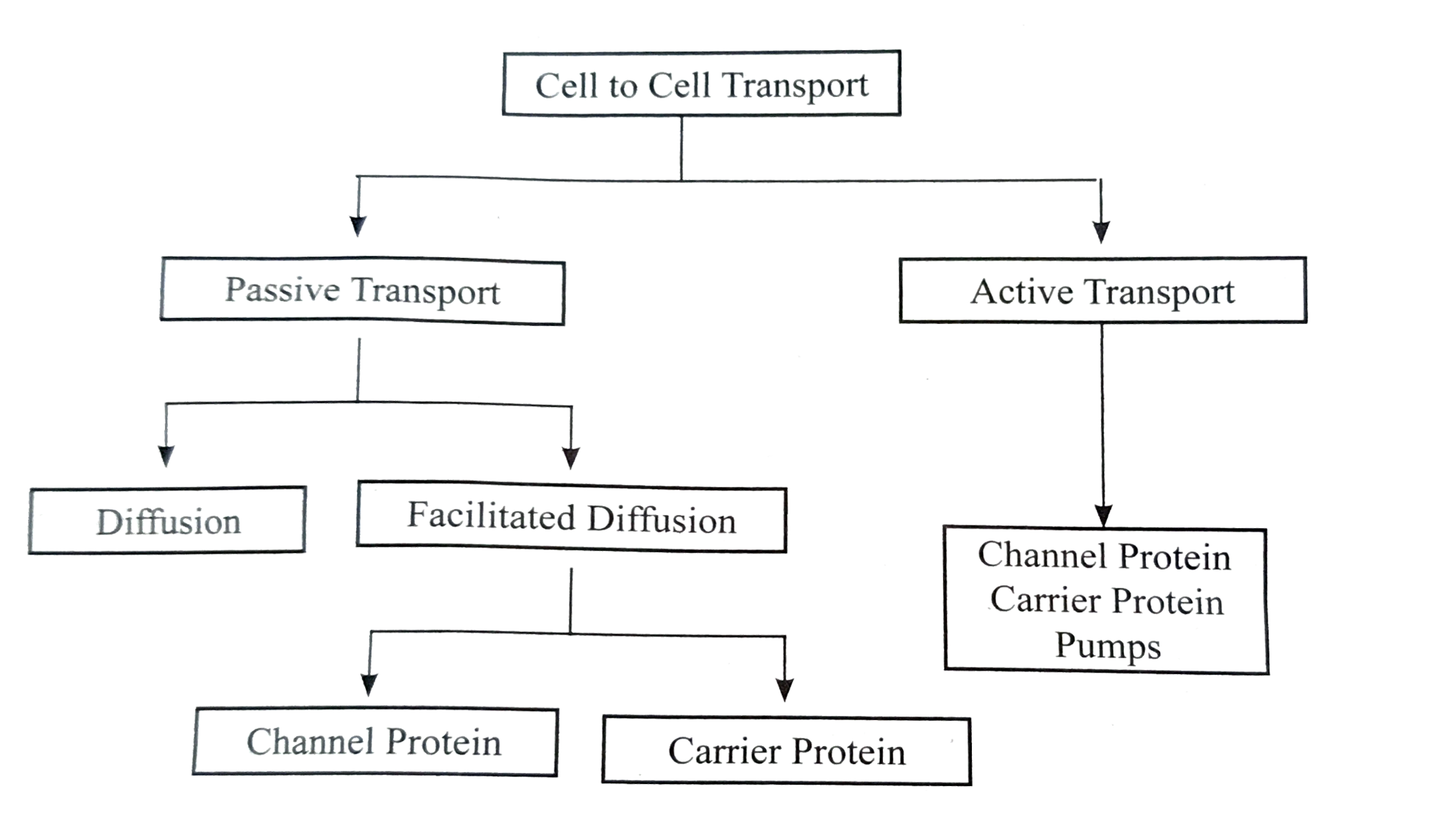
|
|
| 17747. |
Question : Draw a Flow chart of Kreb's cycle. |
Answer» SOLUTION :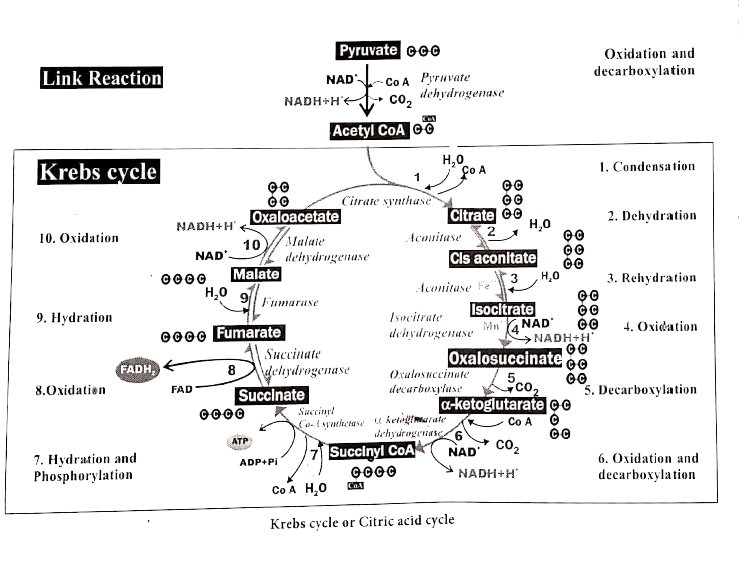
|
|
| 17748. |
Question : Draw a flow chart illustrating stem modifications. |
Answer» SOLUTION :
|
|
| 17749. |
Question : Draw a flow chart depicting the various types of root modification. |
Answer» SOLUTION :
|
|
| 17750. |
Question : Explain the phase of glycolysis. |
Answer» SOLUTION :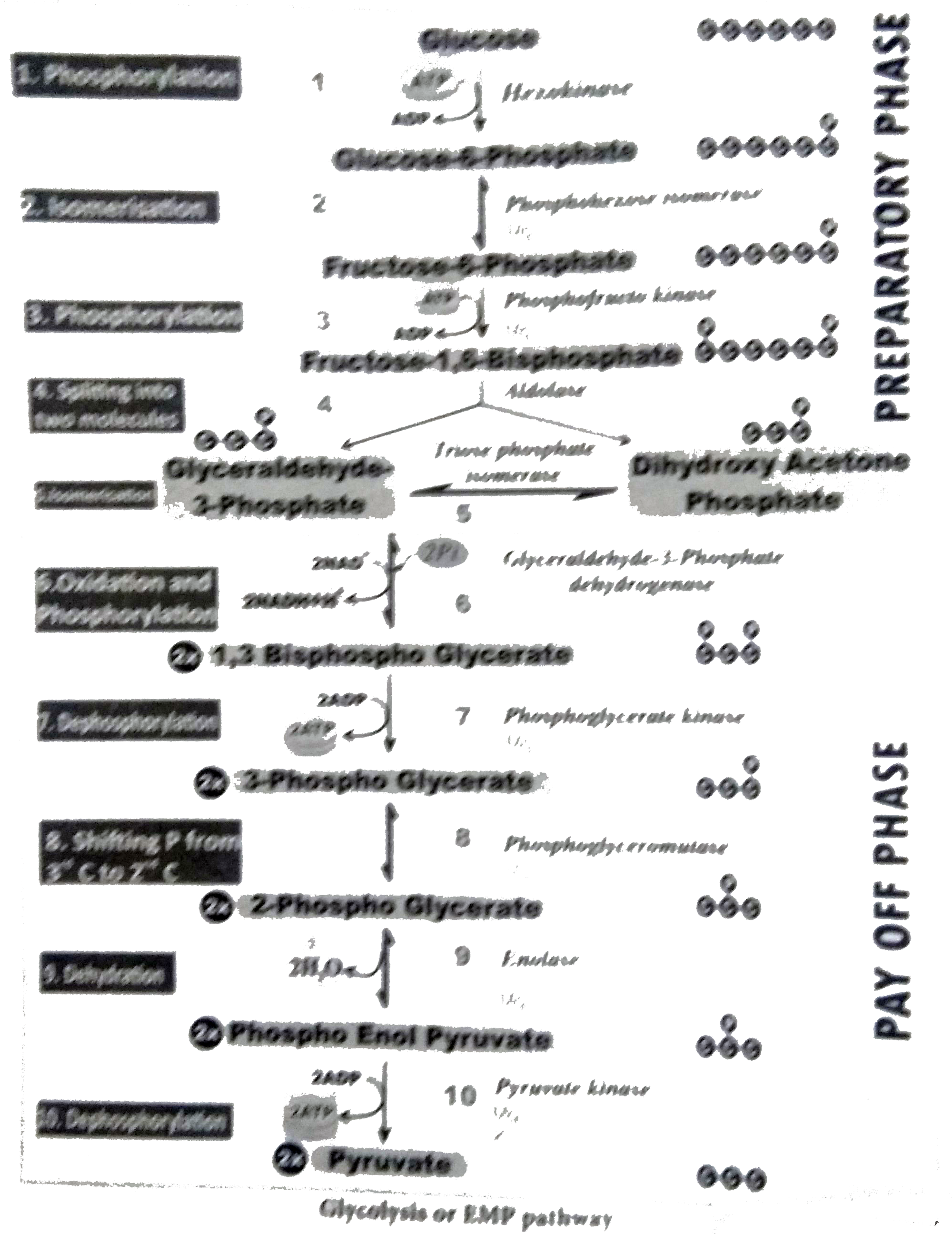
|
|